Care instructions
About penetration (Kannyuu)
Pottery made from clay develops pinholes due to the difference in shrinkage rates between the clay and glaze.
When moisture or oil penetrates these pinholes, stains will form and the vessel will change over time.
Therefore, depending on how it is used, the vessel will mature and develop a deep flavor.
As the vessel ages, its appearance changes, becoming very rich in flavor and creating a sense of attachment.
Enjoy the sensation of nurturing your own unique vessel that is one of a kind in the world.
Because these vessels are high-fired, they do not leak water.
Son's "Tokkuri," "Guinomi," "Flower Vase," and "Bowl" are water-sealed, preventing any seepage.
However, the matcha tea bowls may absorb water if soaked for a long time when first used, so they need to be sun-dried.
It is recommended to perform a "medome" (sealing) process when first using them.
What is a goal?
~Starting to use matcha bowls~
Add rice water to the pot (or you can use 3 spoonfuls of rice in water, or dissolve 1 tablespoon of flour or potato starch as a substitute), boil it to fill the gaps between the particles of the base and penetrate the glaze, clog the pores, and prevent dirt and odor.
- Place a cloth on the bottom of the pot.
- Add enough rice water (or water with about 3 spoonfuls of rice, or substitute with 1 tablespoon of flour or potato starch dissolved in water) to the pot so that the entire vessel is submerged.
- Boil on low heat for about 15-20 minutes.
- Cool the pot, wash it well, and dry it thoroughly.
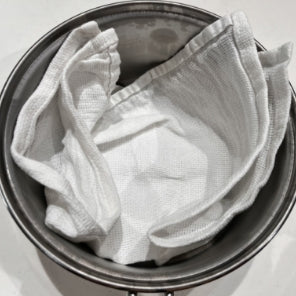
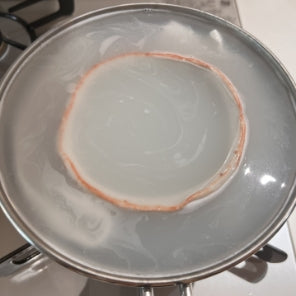
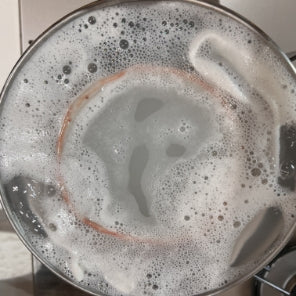
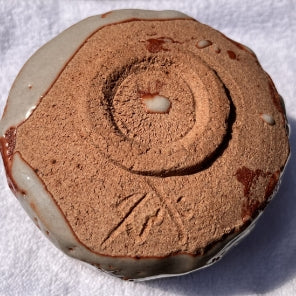
Medome Comparison
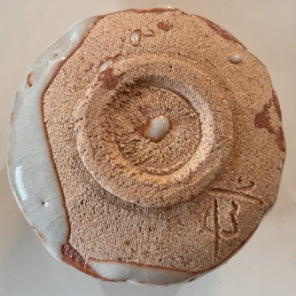
Without Medome
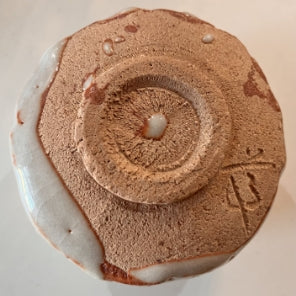
With Medome
Every time you use it
Shino plate, Setoguro plate
Before plating food on Shino plates, Setoguro plates, etc., rinse them with lukewarm water if you are serving warm dishes.
If you are serving cold dishes, rinse them with cold water.
This prevents soy sauce and oil from staining, while keeping warm dishes warm and cold dishes cold and delicious.
Shino and Setoguro plates become smoother with each use, allowing you to enjoy their aging process.
When washing
General ~ Utensils ~
It is safe to wash with a soft sponge just like regular tableware.
Afterwards, please dry thoroughly. Do not use a dishwasher.
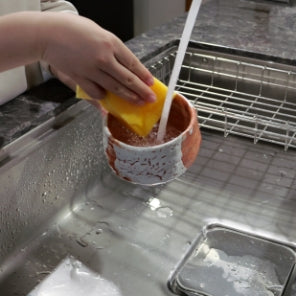
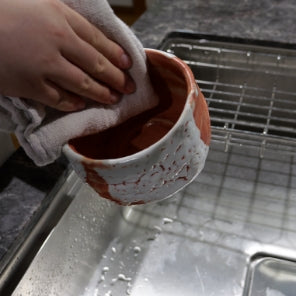

Microwave
Do not use in microwave or oven.
①When heating items that have absorbed moisture in the microwave (such as a teacup)
Heating items that have absorbed moisture in the microwave can cause the absorbed water to expand, potentially leading to the vessel breaking and posing a serious danger.
②When you want to reheat something very hot
Continued high-temperature heating can put stress on the vessel and may cause cracks to form.
